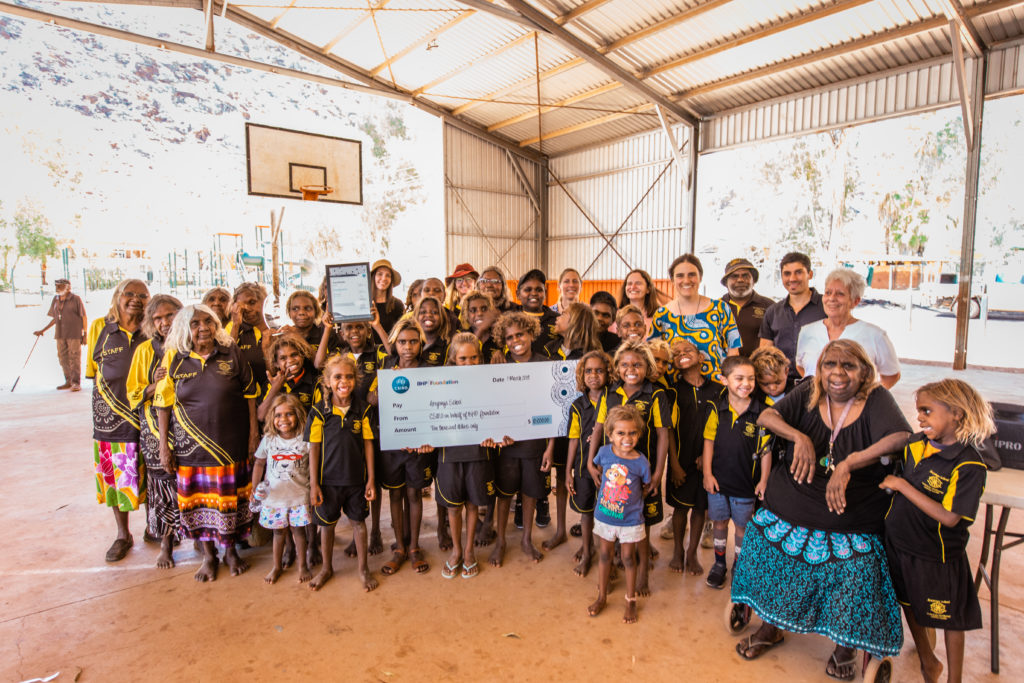Known as the ‘Oscars’ of Australian science, the Australian Museum Eureka Prizes are Australia’s leading science awards. They recognise and support scientific excellence.
We worked on two projects that are finalists in the 2020 Eureka Prizes. Let’s introduce them.
Kakadu NESP team
The Kakadu National Environmental Science Program (NESP) team looks at environmental management problems in the Northern Territory’s Kakadu National Park (Kakadu).
This Indigenous-led science project is unique. It mixes ethical Artificial Intelligence (AI) and modern science with traditional knowledge. And together these tools help solve complex environmental management problems and care for animal species and habitats.
The project is part of the NESP’s Northern Australia Environmental Resources Hub. We joined the Kakadu Traditional Owners and Indigenous rangers, Microsoft, Parks Australia, The University of Western Australia and Charles Darwin University to make up the team.
This project enables Kakadu Traditional Owners and Indigenous rangers to collect information from drones, motion-sensor cameras and on-ground monitoring. They use this information to assess the health of species and habitats and inform adaptive approaches to caring for Country.
So far, they’ve used the project to help bring back magpie geese on Bininj country.

Many partners make up the Kakadu NESP team. L-R: Jennifer Macdonald, Manbiyarra Grant Nayinggul, Feach Moyle, Justin Perry, Cathy Robinson, Annie Taylor, Michael Douglas, Serena McCartney, Kadeem May on Nardab floodplain. Photo by Microsoft.
Indigenous STEM Education Project
Our Indigenous STEM Education Project (ISEP) aims to increase participation of Aboriginal and Torres Strait Islander students in STEM. ISEP is made up of six programs. The programs include summer schools, teacher professional services, and awards.
Our Director of Education and Outreach, Mary Mulcahy, said ISEP grows curiosity and passion for STEM (science, technology, engineering and mathematics).
“The project has reached beyond the walls of classrooms to increase skills, capability and aspiration of whole communities. For some, the program has been life changing,” Mary said.
“The six program elements engage students at various ages as they progress through school. Activities include visiting remote communities, training teachers in how to embed traditional knowledge in curricula, camps for older students, and support for university studies.”

The Utju/Areyonga School receiving the Indigenous STEM Award Schools prize for their whole community approach to two-way science. This is part of the ISEP project.
Importance of partnerships
Our Chief Scientist Dr Cathy Foley wants these finalists to know they’re unlocking a better future for everyone.
“Our purpose is to solve the greatest challenges through innovative science and technology. It’s great to see world-class research underpinning benefit for all Australians,” Cathy said.
“Collaboration is at the heart of ensuring our research can deliver real solutions on the ground. In Kakadu, many partners, especially Traditional Owners, have contributed to outstanding results for the environment and local jobs.
“The Indigenous STEM Education Project has shown extraordinary results for Aboriginal and Torres Strait Islander young people. This program is creating real pathways for them to have exciting STEM careers and to be our curious and passionate scientists and leaders of the future,” she said.
While we’re particularly proud of the projects and people we work with, we send big congratulations to all this year’s Eureka Prizes finalists.
The Australian Museum Eureka Prizes are on Tuesday 24 November 2020.

